Computational Plasma Astrophysics
Plasma astrophysics is a new, emerging research field aiming to understand the dynamics of astrophysical plasmas - hot ionized gases - from first principles. The Computational Plasma Astrophysics research group at the University of Helsinki uses theoretical and computational methods to study the most extreme plasma environments around neutron stars and black holes. We focus on understanding the radiative plasma physics of magnetar flares, neutron-star mergers, accretion flows around black holes, and enigmatic fast radio bursts.


The research is funded by the European Research Council (ERC) Starting Grant project ILLUMINATOR. The project aims to unravel how neutron stars generate their observed electromagnetic radiation.
High-Performance Computing Lab
High-performance computing solutions and open-source simulation tools are essential to our research. To perform our numerical studies, we maintain our own computational laboratory with a dedicated in-house, >1000-core supercomputer. We use the cluster to develop the open-source plasma simulation framework Runko.

High-Energy Astrophysics
We study plasma physics of various high-energy astrophysical systems, including:
Accretion Flows
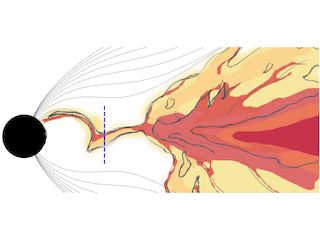
Accretion flows around black holes: energization of the disk corona & origin of state transitions.
Fast Radio Bursts
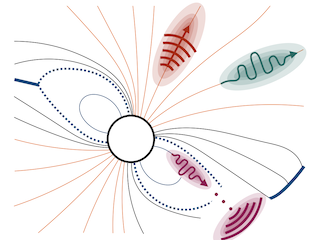
Micro-to-millisecond duration radio flashes of unknown cosmic origin.
Neutron-Star Mergers
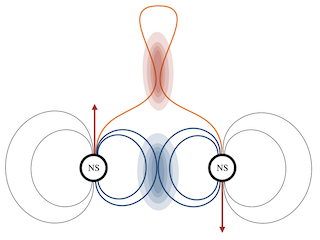
Electromagnetic precursors from neutron-star mergers.
Magnetar Flares
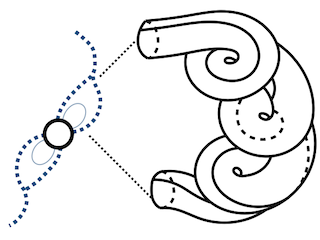
Luminous x- and g-ray flashes from super-magnetized neutron stars.
Plasma Physics
In addition, we focus on fundamental plasma instabilities and processes, including:
Plasma Waves
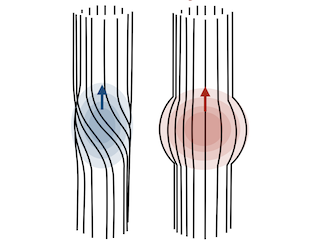
Theoretical and numerical studies of waves in plasmas.
Turbulence
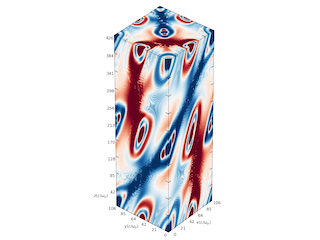
Turbulence in magnetically-dominated plasmas: particle-energization and acceleration.
Collisionless Shocks
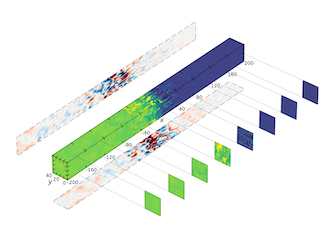
Collisionless shocks in magnetized plasmas: particle energization, synchrotron maser instability.
QED Processes
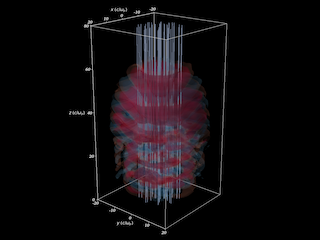
Quantum electrodynamic processes in magnetized plasmas.